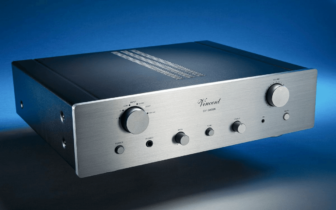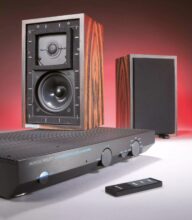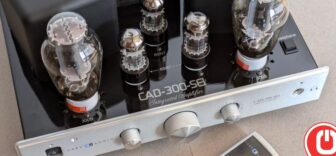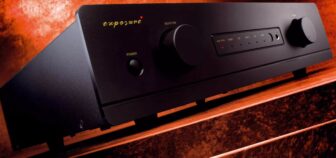Marantz Model 10 and Disc-Player SACD 10 Review
Marantz is launching brand-new flagships that are supposed to represent the “Best of the Best.” The integrated amplifier Model 10 and the disc player SACD 10 are thoroughly tested here by 7Review. The streaming preamp LINK 10n will follow.
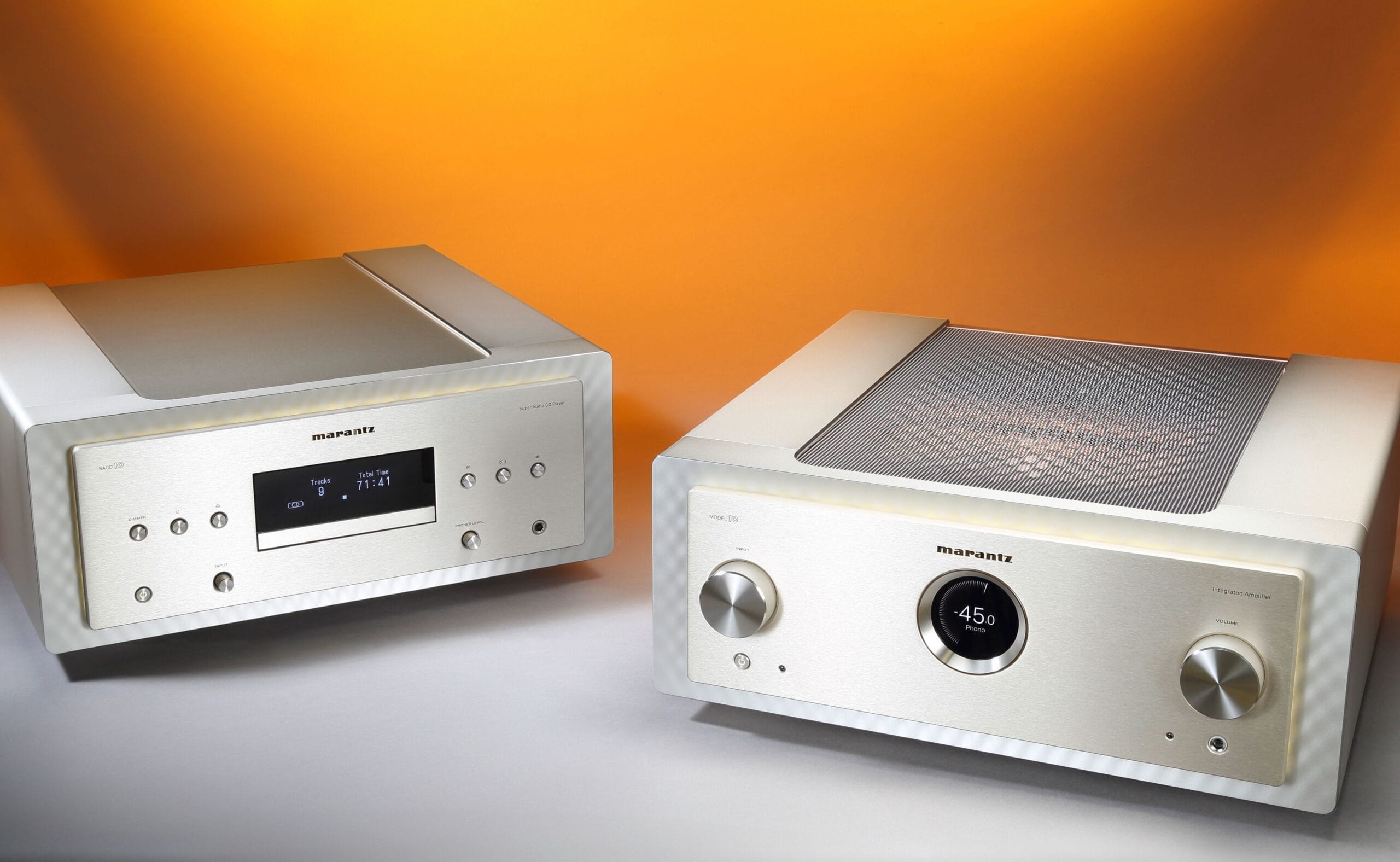
The number 10 has always been a symbol of top performance—just think of the perfect score in figure skating or platform diving. Marantz has long viewed it that way, too, starting with their legendary 10B tube tuner and continuing with the SA-10 and PM-10. Founded by Saul Marantz in the U.S., the company celebrated its 70th anniversary in 2023—a perfect moment to show the world once again that they’re still a major force in high-end audio.
Even after 2017, when the predecessors to their new flagship models were introduced, Marantz kept its focus on the premium segment, though prices in this category have risen significantly since then.
From the feel of each component and the quality of the materials to the outstanding sound, Marantz’s 10 series clearly shows they’re challenging the best in Yokohama, New York, Herford, and beyond. In short, they’re aiming to satisfy even the most demanding music lovers.
For a Handful of Silver Discs
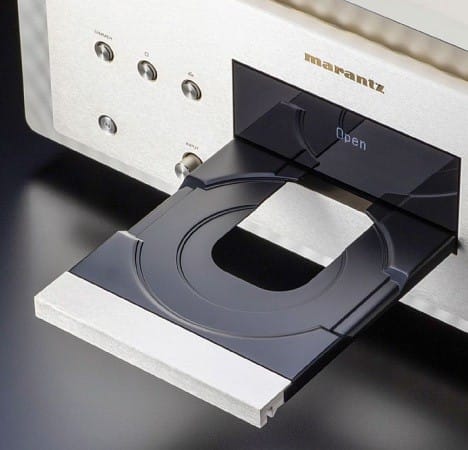
Let’s start with the player that is suitable for both CDs and, commendably, SACDs. It is initially surprising that it weighs in at a net 33 kilograms, making it just 700 grams lighter than the matching integrated amplifier. The reason for this, of course, is the similarly massive chassis construction. Both flagship models we tested here are built like vaults, only much “prettier.”
The tactile quality is literally exquisite, ranging from the solidly milled aluminum front panel to the careful copper-plated shielding and the solid feel of every single switch and rotary control. Marantz actually calls the front panel the “most expensive” part of the entire project. Everything appears encapsulated, protected against interference and vibrations, and built as if for eternity.
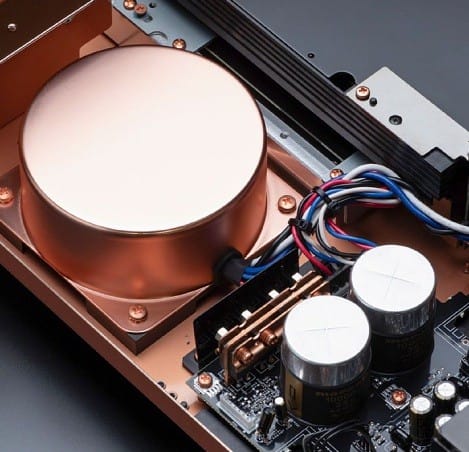
The chassis material reaches a maximum thickness of a whopping 45 millimeters in some places. The videos showing the construction and assembly of the individual layers of the housings are impressive. It’s something you rarely get to see, even as a 7Review editor.
The proud owner thus indeed gets a subjectively convincing value for their money, with the integrated amplifier at 14,500 EUR (approx. $15,950) and the SACD player at around 11,000 EUR (approx. $12,100). Marantz—and its sister brand Denon—have always placed particular emphasis on stability and mechanical resonance control, recognizing that such a design is crucial for sound and working accordingly.
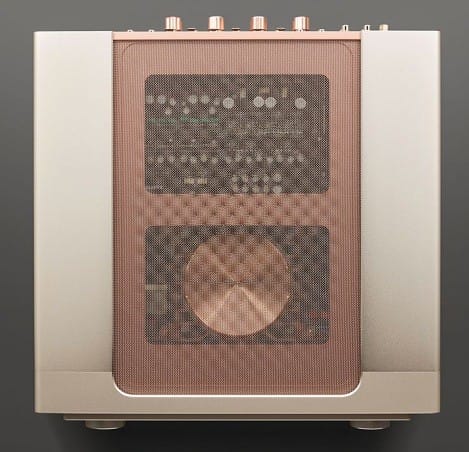
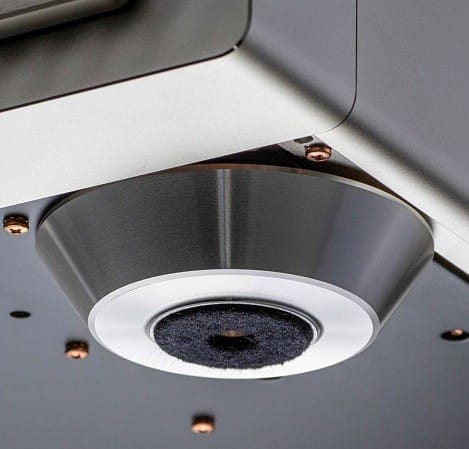
Otherworldly Haptics
With the 10 series, one must admit that this approach has reached an expression hard to find anywhere else, making every hi-fi enthusiast—or indeed anyone who appreciates the extraordinary—drool.
The CD/SACD drive is extremely solid and, in detail, is a constantly evolving in-house development in its third generation, whose ancestors we have occasionally encountered in Marantz’s top-of-the-line devices.
In principle, it is also DVD-capable, meaning that, as with its predecessor, you can directly play high-resolution music data stored on DVD! However, the Marantz super player cannot play DVD video content, and SACD multichannel sound is played back in two channels. The display has two colors, which is more than sufficient for CD text or metadata.
Naturally, you do not just place components weighing nearly a ton on a standard household shelf. Both the sheer weight and the dimensions are not to be underestimated and place extreme demands on the “parking space.” Regular shelves often measure only 30, 35, or 40 centimeters, which is nowhere near enough.
You’ll therefore need to invest in specialized audio furniture, which is known not only for greater stability but also for suitably supporting the sound of the precious devices placed on it.
An Enormous Variety of Connections
The connectivity of both luxury components leaves nothing to be desired. You’ll even find far more options than you’d typically need. It comes as no surprise that the SACD 10, with its digital inputs and outputs, also functions as a high-caliber DAC. The USB port for PC/Mac, supporting music data processing up to 32-bit/384 kilohertz (PCM) and DSD256, is also worth mentioning.
A unique feature, as with the previous SA-10, is the unorthodox “Marantz Musical Mastering” technology, which essentially dispenses with a conventional DAC. Here, the digital data stream is consistently converted to DSD256 before being brought back into analog form via a simple low-pass filter (more on this in the SA-10 review. The brilliant idea of simply filtering the necessary sampling frequencies to reconstruct the signal back into analog can otherwise only be found at the Class D output of corresponding amplifiers.
All three top models share the same powerful headphone amplifier; the Model 10 and the LINK 10n (not covered here in detail) also include the same phono stage. The integrated amplifier is designed from the outset, thanks to its direct inputs, to be used as a power amp. The fact that you end up paying multiple times for some unused functions is unavoidable.

As always, and especially with such high-quality equipment, we were eager to test it in the 7Review listening rooms. It does not always feel like work; in some ways it’s more like an enjoyable hobby when the editors sit there with stacks of CDs/SACDs, toes tapping—though the fact that certain pieces are played multiple times and compared with various reference devices indicates that a serious evaluation is taking place.
A True Behemoth
The literally gigantic integrated amplifier is a veritable powerhouse. It’s the most powerful device of its kind Marantz has ever built. Rated at 250 watts per channel into 8 ohms and 500 watts into 4 ohms—and we measured over 300 and nearly 600 watts, along with nearly 900 watts of peak power—it certainly provides enough juice for practically any situation.
Its current delivery capability, at 30 amperes, is also far in the green zone, and figures for damping factor or internal impedance promise firm control even with more challenging speaker loads. Oversized toroidal transformers, as well as switching power supplies for the Purifi modules, ensure this. Whether player or amp, analog and digital sections each have their own power supply. The best modules are chosen for the specific tasks at hand.
Also noteworthy for the amplifier is the porthole-shaped window reminiscent of classic Marantz designs. However, it is now combined with a modern, high-quality front panel and a color display behind it that can show various information such as source or volume level, and even very attractive vu-meter simulations. Moreover, both Marantz components feature sophisticated, elegantly implemented illumination around the front panel and inside the chassis, which can naturally be dimmed or switched off. All three Marantz 10 series models are available, at the same price, in either a rich black or the brand’s signature champagne-silver finish.
Some might be surprised that Marantz, even in the high-end segment, relies on Class D. But skeptics should definitely listen to this timely and efficient Purifi technology in this configuration before raising an uninformed eyebrow. Class D has long outgrown its infancy, and in the best topologies—among which Purifi certainly ranks—it has little to do with the energy- and space-saving solutions once created for televisions. Certainly not in terms of sound!
Even die-hard Class AB fans can wholeheartedly embrace what this Marantz effortlessly delivers in terms of sound color and taut bass—without ifs and buts—and that’s saying something! However, it seems you can’t save money at purchase or shed kilograms in weight with top-notch switching amplifiers anymore.
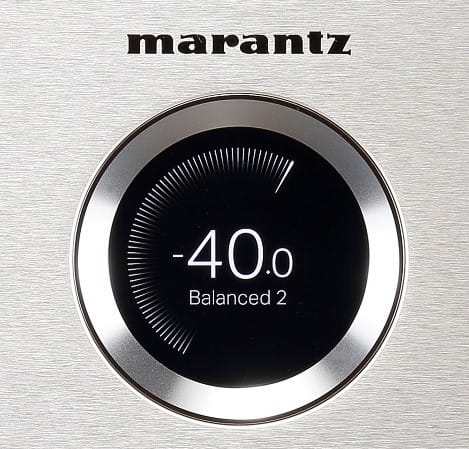
Class D Is Not Class D
Keyword “Purifi”: The Danish company Purifi Audio was founded in 2019 by three well-known audio experts—Bruno Putzeys, Lars Risbo, and Peter Lyngdorf—who already had a solid reputation in the industry. Over time, it has expanded with other renowned specialists, investing heavily in research for its amplifier technology (there’s also a reputable loudspeaker branch).
Thus, the typical shortcomings or perceived drawbacks of Class D are supposed to have been eliminated. According to Purifi, a self-developed and patented error correction process virtually neutralizes inherent distortion and the often-criticized impedance dependence characteristic of Class D. The reduced bandwidth often associated with Class D amplifiers—sometimes blamed for a less open and dull sound due to the switching frequency—is nowhere to be found here. 7Review measured up to 61 kilohertz, which is quite decent and suggests that, instead of phase shifts, there is enough headroom well above the ear’s range up to 20 kilohertz.
In the Marantz Model 10, a custom-tailored variant of Purifi’s legendary and particularly powerful Eigentakt modules is used. This version was jointly modified for Marantz’s needs, then combined with the proprietary Marantz HDAM modules in their third generation, which also appear in the player. Apart from that, the hefty device has nothing at all to do with digital technology. After all, you’ll find plenty of that in the two sources if needed.
Instead, Model 10 radiates all the more on the analog side, which will please vinyl enthusiasts. For MC cartridges, for example, you can choose between High, Mid, and Low output systems—settings that practically match those of a dedicated phono preamp.
An Exceptional Sonic Experience
In the listening test, this duo from a distinguished stable leaves nothing to be desired—quite the opposite. The performance is practically perfect. That reads drier than it’s intended because experiencing this Marantz combination is something truly special.
In the 7Review listening room, the musical presentation is extremely fluid, exceptionally organic, and effortless—sometimes even more silky and smooth than is usually expected at such lofty heights. Meanwhile, the energy balance across the entire spectrum remains natural and balanced.
This may be the result of the enormous effort put into shielding and partitioning front to back, left to right, top to bottom within the devices—every decibel of potential noise floor was fought for to deliver a purer signal. A signal-to-noise ratio of 92 decibels for the amplifier and 108 decibels for the player speaks volumes. Surely the meticulous and expensive copper plating of the housings also contributes to this. We can’t mention everything here.
Extraordinarily confident, open, lavishly large, yet transparent down to the finest detail; both delicately and massively dynamic, highly three-dimensional, and well-organized. The soundstage breathes, almost pulsates. The musical performance is infectious, fluent, rhythmically driving, and brimming with power and color.
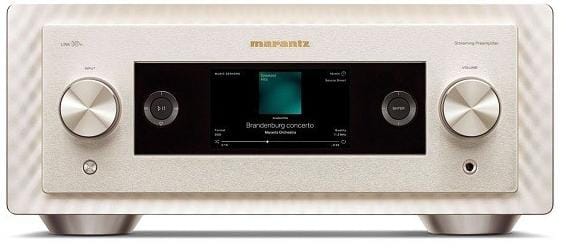
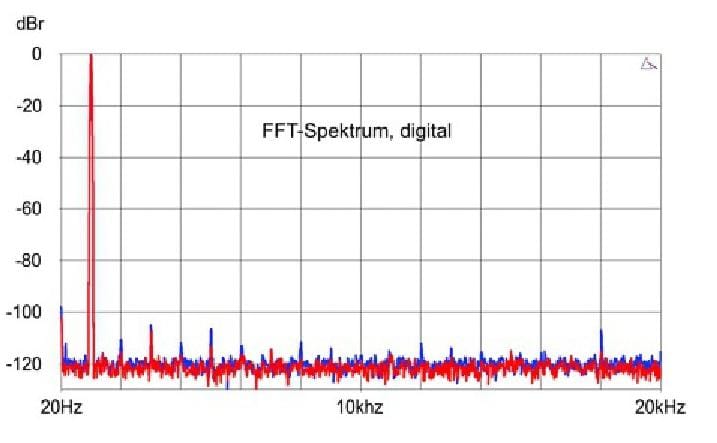
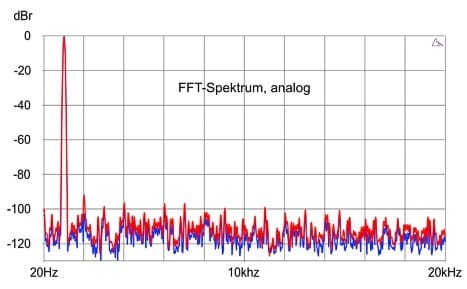
Anyone seeking an analogy might find it in high-end portrait or fashion photography, where particularly uncompromising photographers go beyond the technically long-achieved “good enough” quality to possibly achieve even more perfect and explicitly “creamier” skin tones and textures.
For all the detail resolution and dynamics, these Marantz flagship devices never irritate; they sound like a rock in a storm: calm, commanding, large, and slightly full-bodied, carrying Marantz’s typical harmonious signature to the pinnacle. It may be possible to find a more energetic character, but hardly a better or more coherent one. What this duo—individually or together—conjures on stage is extremely convincing, authentic, and lively. It’s pure high-end. It sounds distinctly “real.” And not only will those unfamiliar with the high-end scene be blown away by this Marantz chain—long-seasoned editors still find it something quite special.
The result of the near absence of interference and artifacts, distortion, noise, crosstalk, or nonlinearity is a pronounced three-dimensionality with corresponding depth and “air” around the detailed individual events, which remain rooted in context rather than artificially isolated, forming a seamless whole.
Whether it’s Eddie Van Halen, Adele in the Royal Albert Hall, or the Berlin Philharmonic under Karajan—music, aided by experienced “sound masters” at Marantz, takes center stage.
Every hi-fi and music fan is likely to be extremely satisfied with this setup. We, too, are thoroughly impressed and had a great deal of fun during the test!
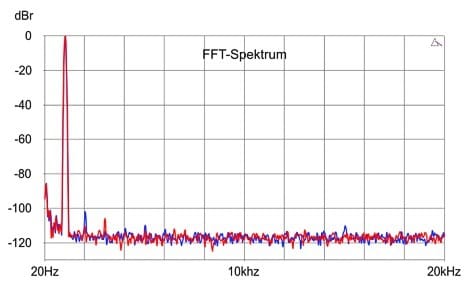
WE LISTENED WITH

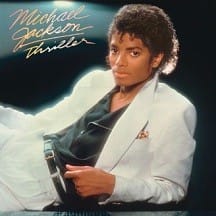
MARANTZ SACD 10 Tech Specs
Category: Disc Player (SACD‐capable) / over €10,000
Price (EUR): 11,000
Dimensions (W × H × D, cm): 44 × 19 × 46
Weight (kg): 33
Distributor (Germany) / Phone: D&M Germany / +49 2157 12080
Drive Type: Drawer, in‐house development (also DVD‐data‐capable)
Sound (55% of overall)
- Rating: Very good 1.3 → [9.3/10]
- Sound Quality: “Very refined, open, tight, naturally with great dynamics, color, and spaciousness.”
Measurements (15% of overall)
- Rating: Very good 1.5 → [8.8/10]
- Noise Floor, Digital Null (dB): Very good (108)
- Output Voltage (V): Very good (2.03)
- Output Impedance (Ω): Good (90)
- THD at −9 dBFS (dB): Very good (0.0048)
- Disc Load Time (s): Very good (9.8)
- FFT Spectrum: Very good
- Sampling Accuracy: Very good
- Idle Power Consumption (W): Adequate (40)
Features (15% of overall)
- Rating: Good 2.1 → [7.3/10]
- Digital Inputs/Outputs: Optical/coax + USB‐A / ‐B
- Programming Functions: Yes
- Switchable Digital Filter: Yes (incl. Dither/Noise)
- XLR Output / Variable Output: Yes / No
- Headphone Output: Yes
- Hi‐Res: Yes
- Phase Inversion: Yes
- Build & Haptics: Very good
- Hard Power Switch: Yes
Handling (15% of overall)
- Rating: Good 1.8 → [8.0/10]
- Remote Control / Instructions: Good / Good
- Device Operation / Display: Good / Good
- Warranty (years): 5
Overall Test Result
- Very good 1.5 → [8.8/10]
MARANTZ MODEL 10 Tech Specs
Category: Integrated Amplifier (Transistor) / over €10,000
Price (EUR): 14,500
Dimensions (W × H × D, cm): 44 × 19.5 × 47
Weight (kg): 33.7
Distributor (Germany) / Phone: D&M Germany / +49 2157 12080
Sound (55% of overall)
- Rating: Very good 1.4 → [9.0/10]
- Sound Quality: “Very authoritative and powerful, taut, three‐dimensional, opulent.”
Measurements (15% of overall)
- Rating: Very good 1.5 → [8.8/10]
- Continuous Power/Channel @ 4 Ω, 1% THD (W): Very good (597)
- Dynamic Power @ 4 Ω (1 kHz, W): Very good (859)
- Intermodulation @ 5 W (%): Very good (0.0049)
- Damping Factor @ 4 Ω: Very good (115)
- Channel Separation (dB): Good (73)
- Channel Balance of Volume Control (dB): Very good (0.007)
- Upper Frequency Limit (kHz): Good (61)
- THD @ 5 W (%): Very good (0.0036)
- Noise Ratio @ 5 W (dB): Good (92)
- FFT Spectrum: Very good
- Idle Power Consumption (W): Satisfactory (91)
Features (15% of overall)
- Rating: Very good 1.5 → [8.8/10]
- Haptics & Build Quality: Very good
- Number of Analog Inputs (RCA/XLR): Very many (6)
- Special Interfaces / Pre‐Out: Phono & Headphone only / Yes
- Tone Controls / Room EQ: Yes
- Color Variants: Black, Champagne‐Silver
- Hard Power Switch: Yes
- Expandable Functionality: Yes (Bi‐amping)
Handling & Operation (15% of overall)
- Rating: Very good 1.4 → [9.0/10]
- Remote Control / Instructions: Good / Very good
- Device Operation / Display: Very good / Very good
- Warranty (years): 5
Overall Test Result
- Very good 1.4 → [9.0/10]



